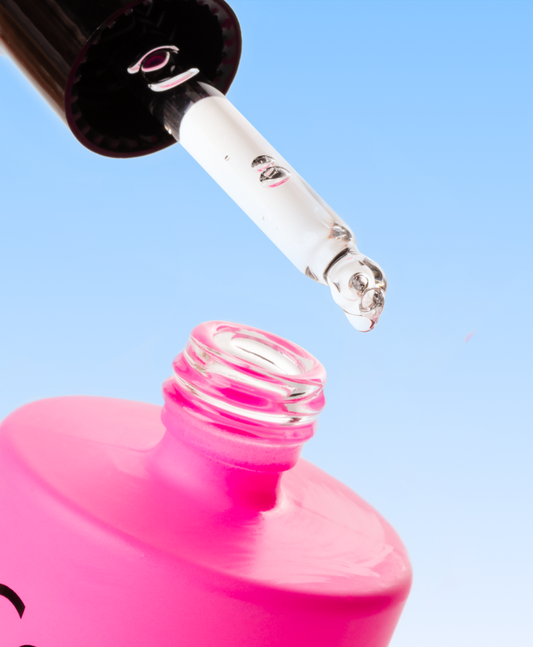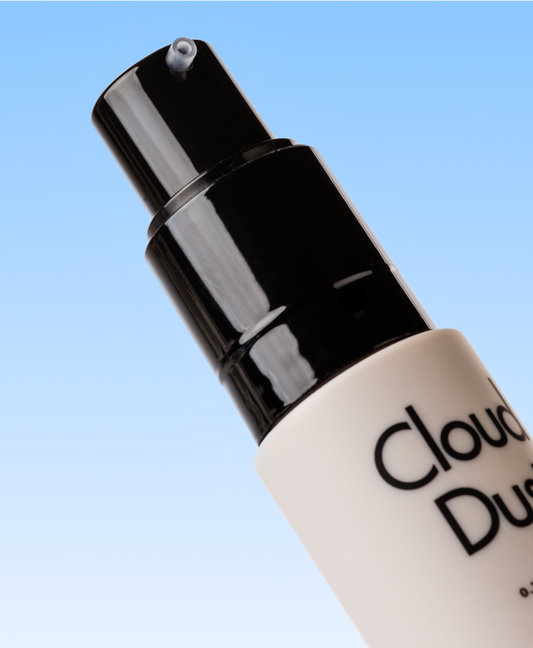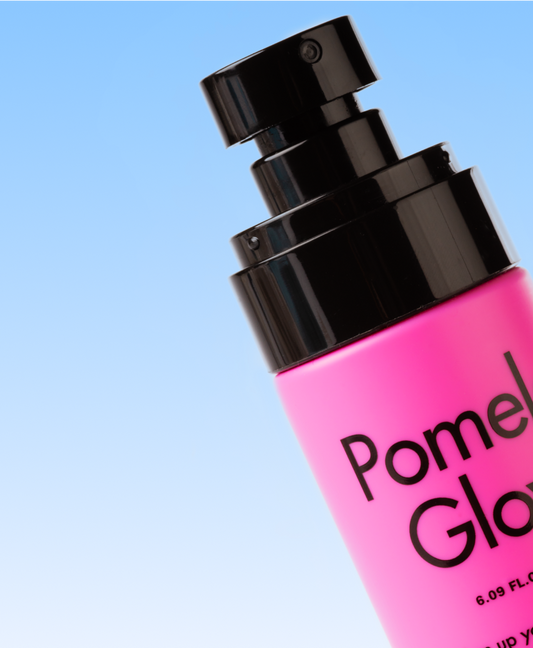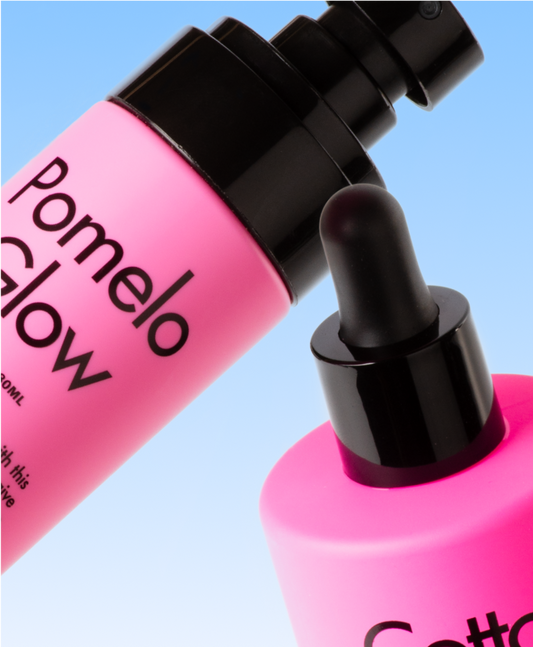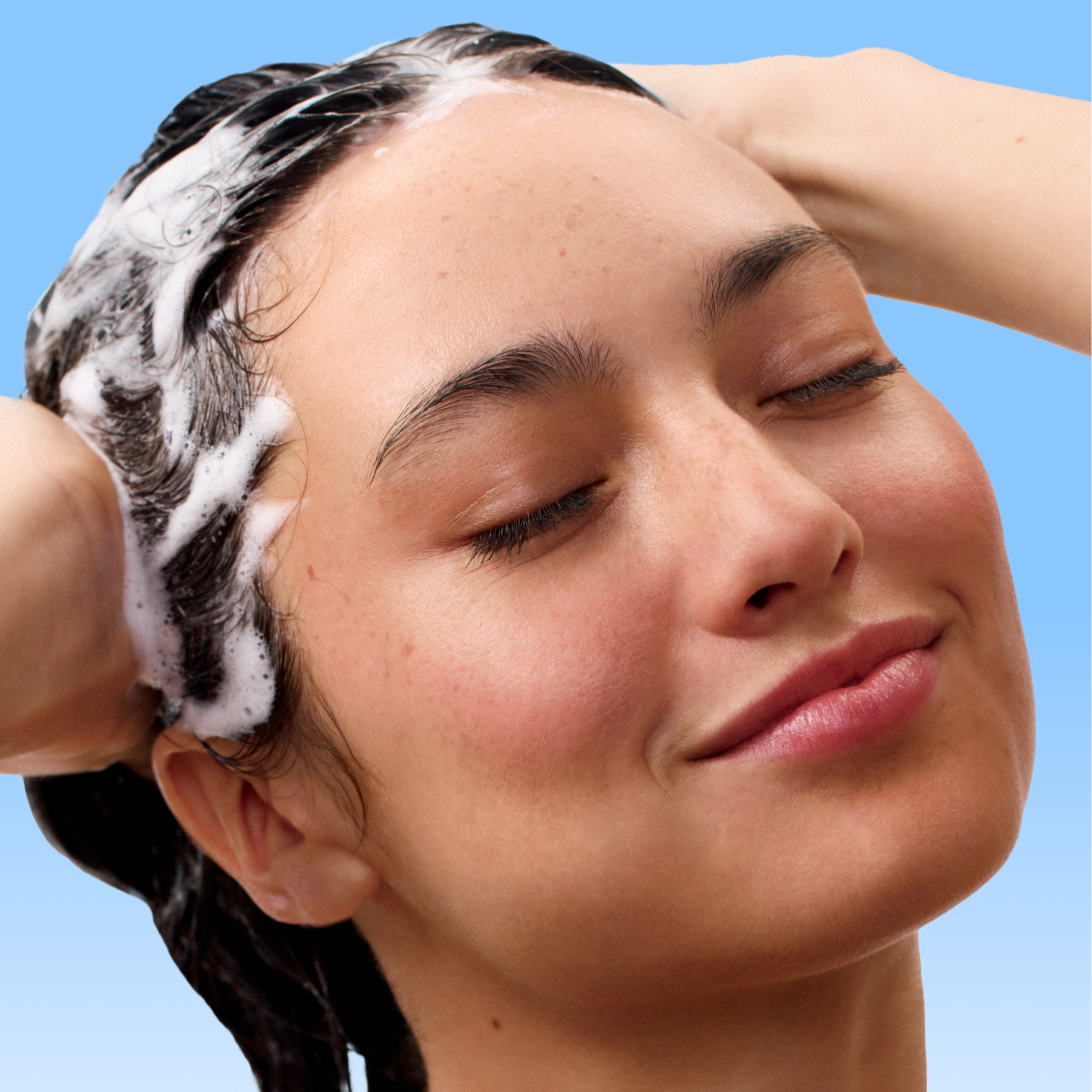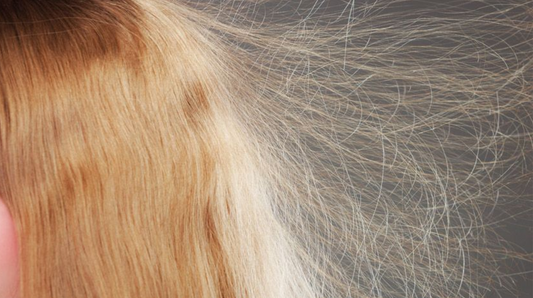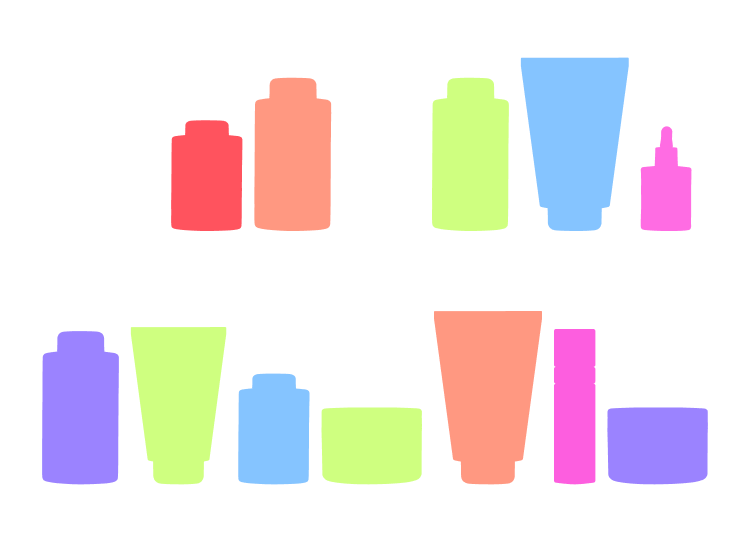Some cancer treatments can even cause hair loss. These treatments often damage the cells that help hair grow and affect the hair all over the body, producing alopecia as a side effect.
It should be noted that hair loss does not always occur, and the best way to find out if it is likely to happen is to consult with your oncology team to see if your treatment plan may cause alopecia.
This hair loss is different for each person. In some cases it falls very fast, in others slowly and sometimes it only affects a part of the hair, and it depends a lot on the treatment we undergo. Here we are going to tell you a little about how different therapies affect the hair:
Chemotherapy:
Not all chemotherapy causes hair loss, but these drugs are the most likely to cause alopecia and thinning hair. In these cases the hair does not usually fall out immediately, it usually tends to take between 1 or 2 months, after several cycles of treatment.
The amount of hair depends on the drug, the dose and the form. It usually grows back 2 to 3 months after the end of treatment, but it usually takes between 6 months and a year to grow back completely. When hair regrows, we usually notice that it is thinner, coarser, drier and duller. In some cases we may notice that it appears curlier and even a different color.
Radiotherapy:
In the case of radiotherapy, hair loss is usually only altered in the part of the body where we direct the radiation. This hair loss depends on the dose and method of radiotherapy, and although it usually grows back after several months, if the doses applied are very high, it may not grow back.
Targeted therapy:
In the case of targeted therapy we can observe how they do not usually cause complete hair loss, but they do usually make the hair thinner, curlier and above all drier than usual.
Hormonal therapy:
Sometimes, hormonal therapies are used to fight cancer, and this type of treatment does not usually cause complete hair loss, but it does cause the hair to become thinner. However, this change is not usually caused at the beginning of therapy, but usually occurs several months after starting treatment.
How to take care of the hair when it is regrown?
It should be taken into account that when the hair is reborn, its texture will be a little rougher and the strand will be thinner. For these reasons it is very important to pamper and take care of it to make it grow healthy and beautiful. The following TIPS can be very useful.
Try to apply moisturizing masks at least twice a week. Tasmania Mask is ideal, remember to leave it on for 20 minutes.
Gently massage the scalp to remove small flakes that may appear.
After finishing the treatment, try to avoid dyes for at least 3 months.
In the case of straightening treatments, ideally wait 6 to 12 months, so that the hair has a certain length and has regained some strength.
Remember to always use conditioner as the hair is weaker and can break more easily when untangling.
Don't forget to apply a few drops of Cotton Lust to give your hair an extra dose of shine, it is normal for hair to look dull after treatments.
Important
This hair loss can be a challenge not only physically, but also emotionally. That is why there are specialized palliative care teams, also called "supportive care". These specific groups help all patients to know how to manage and control the side effects of cancer and its different treatments.
You have to be brave and not be afraid to ask for help, these are normal processes and there are many people who have gone through them, even talking to people who have suffered the same as you can be very useful.
